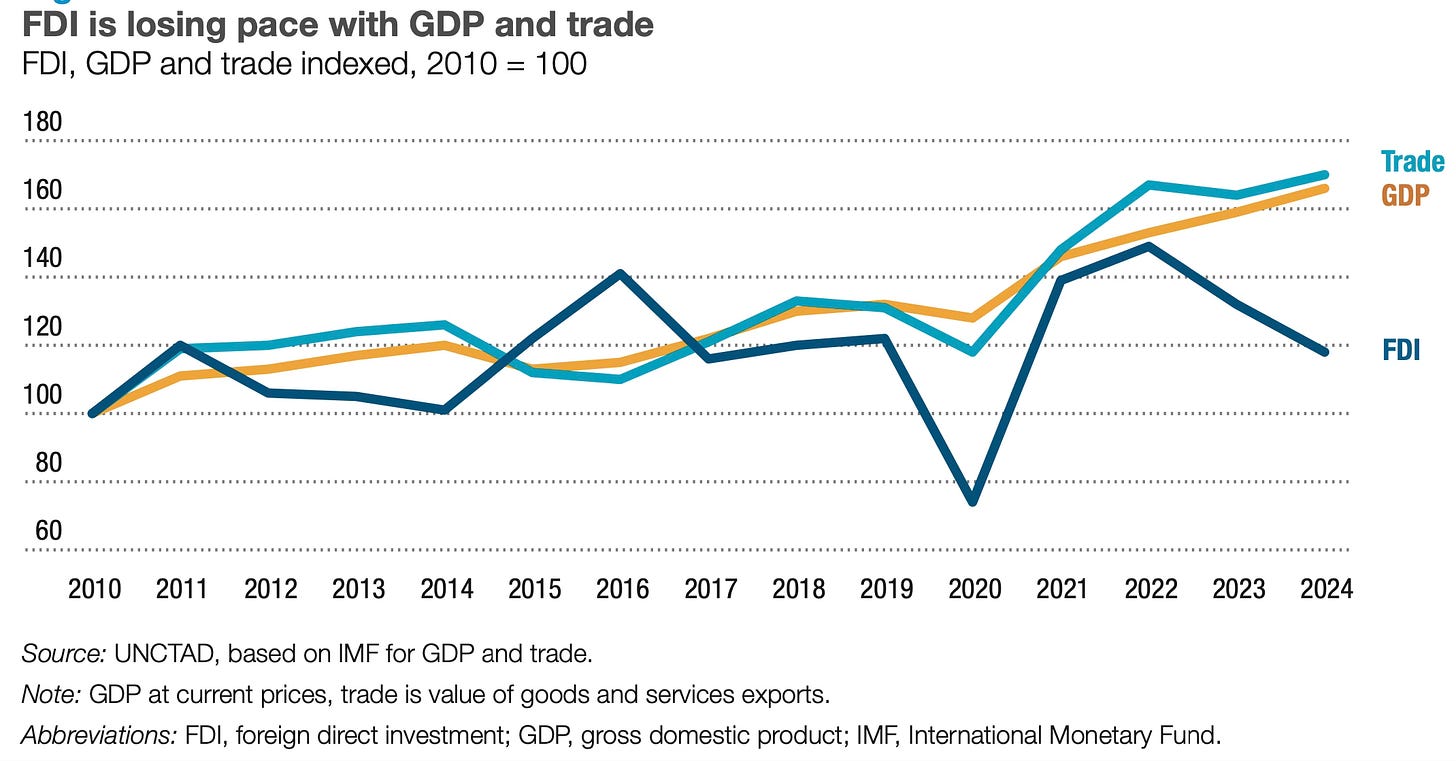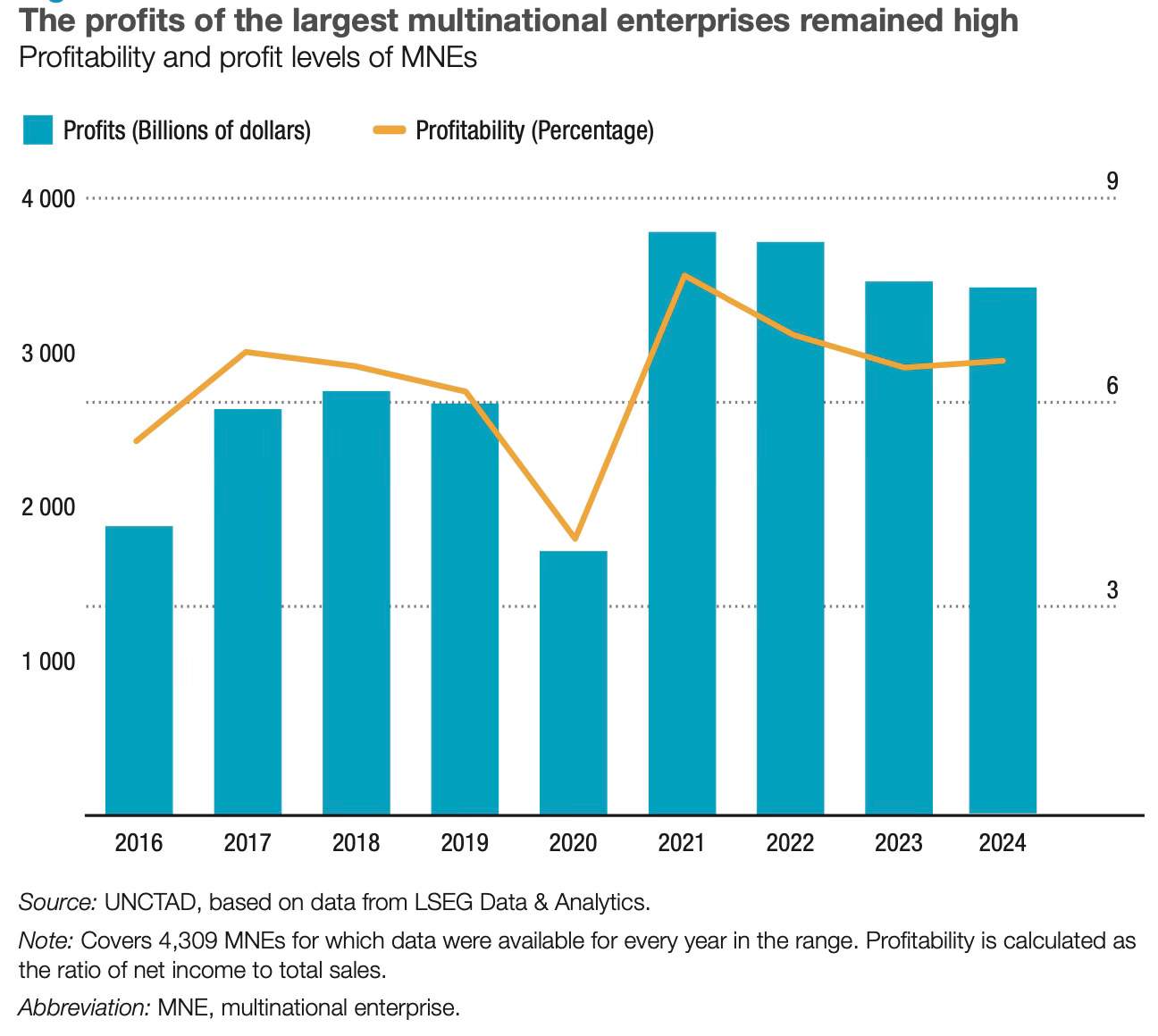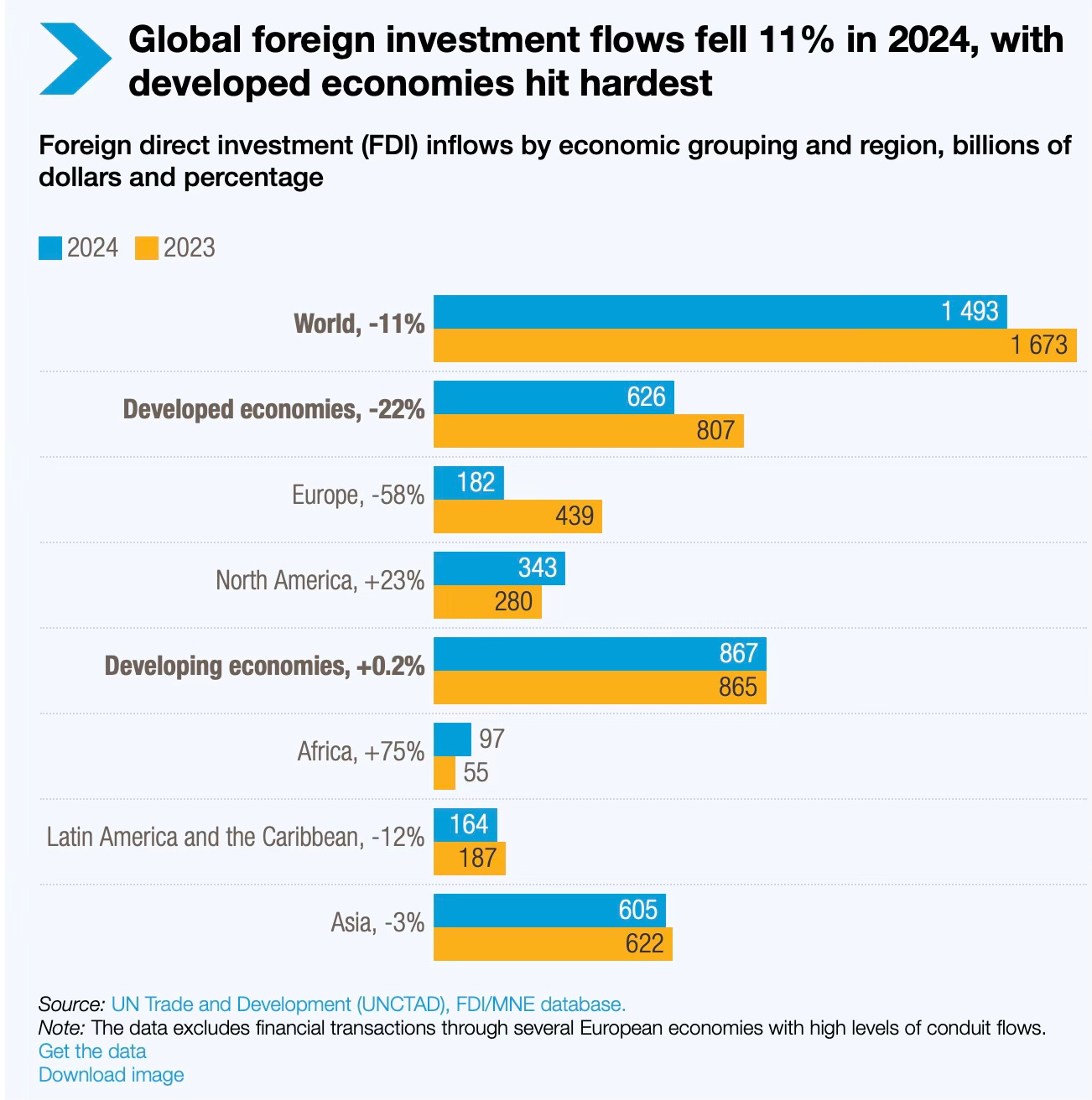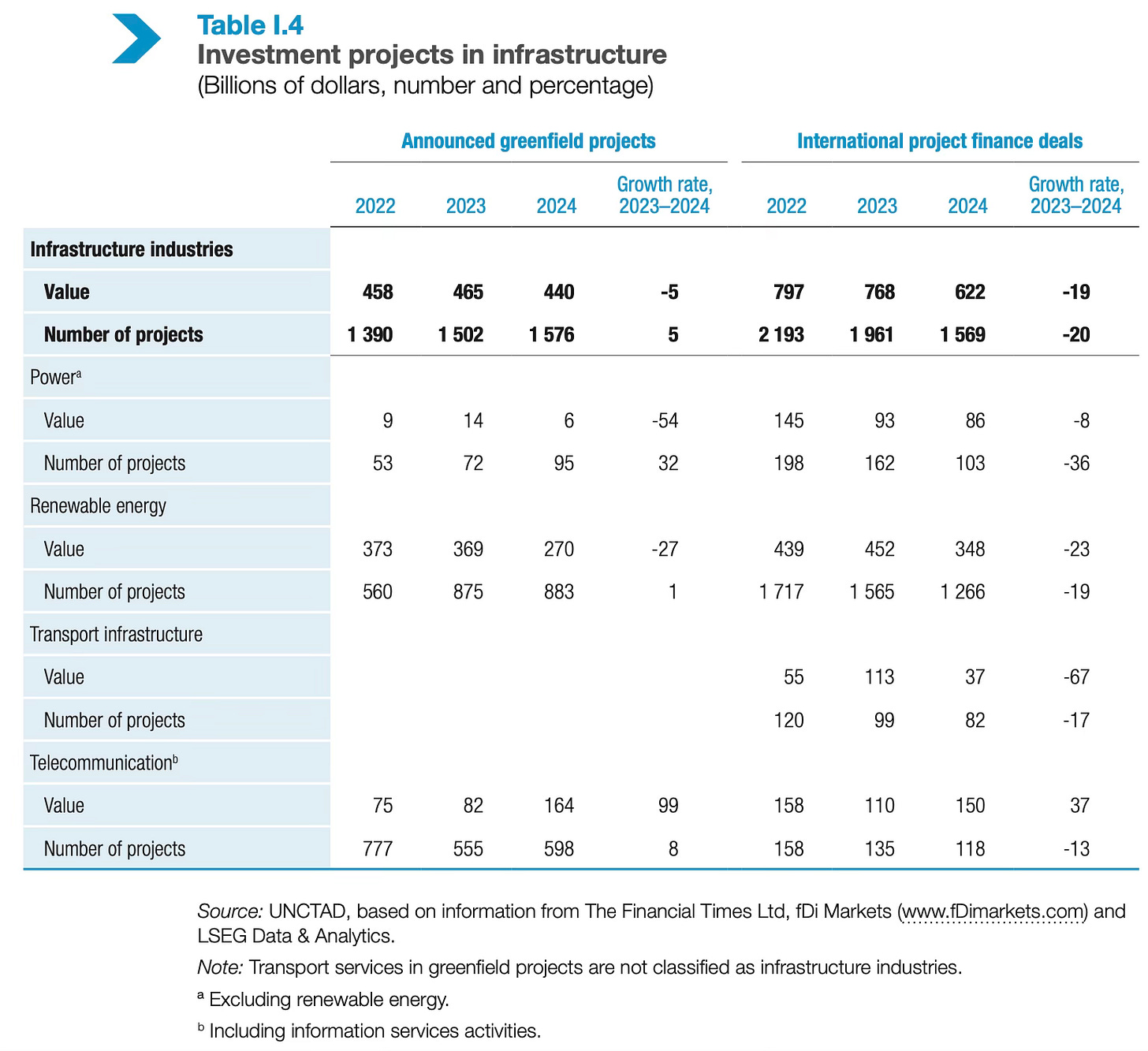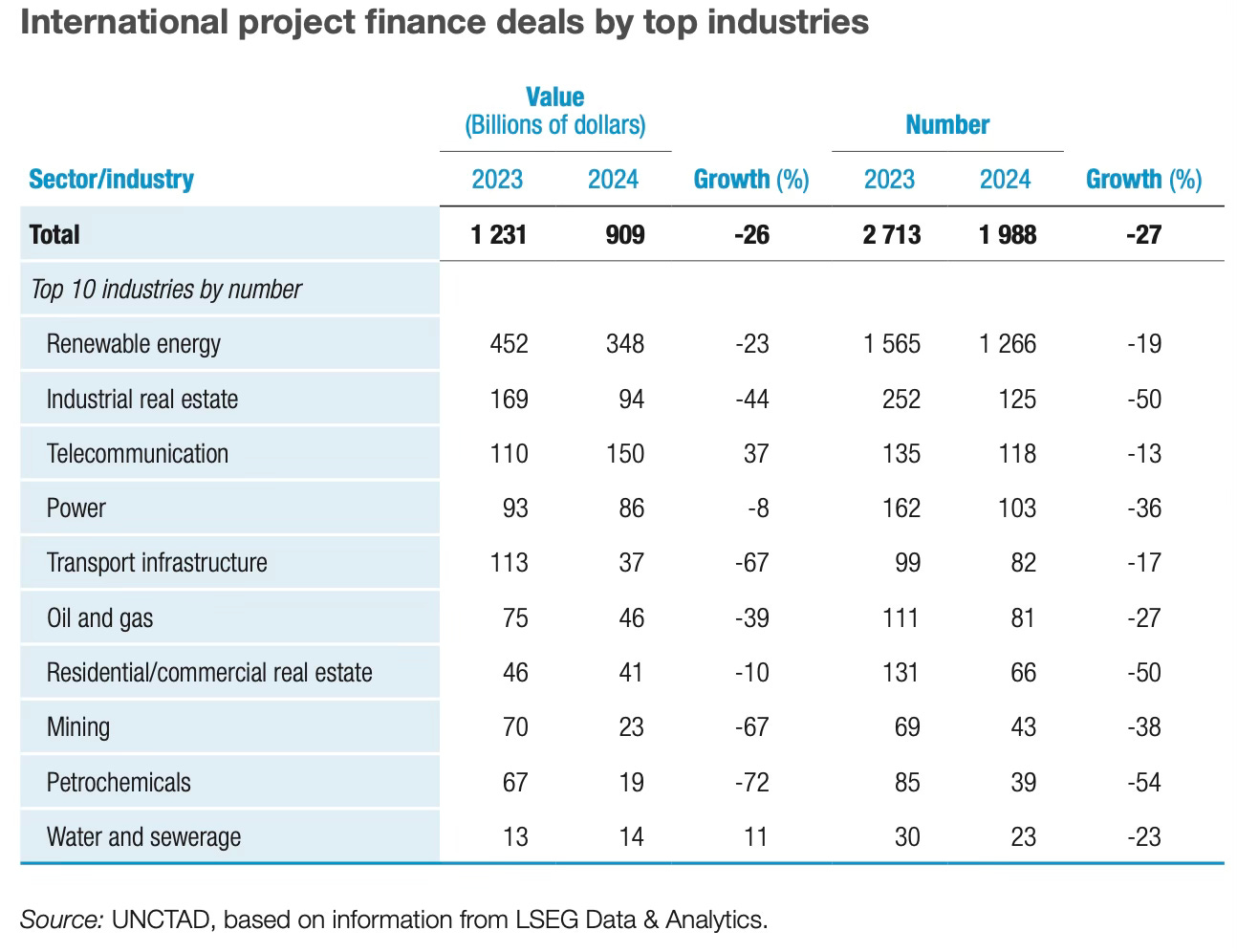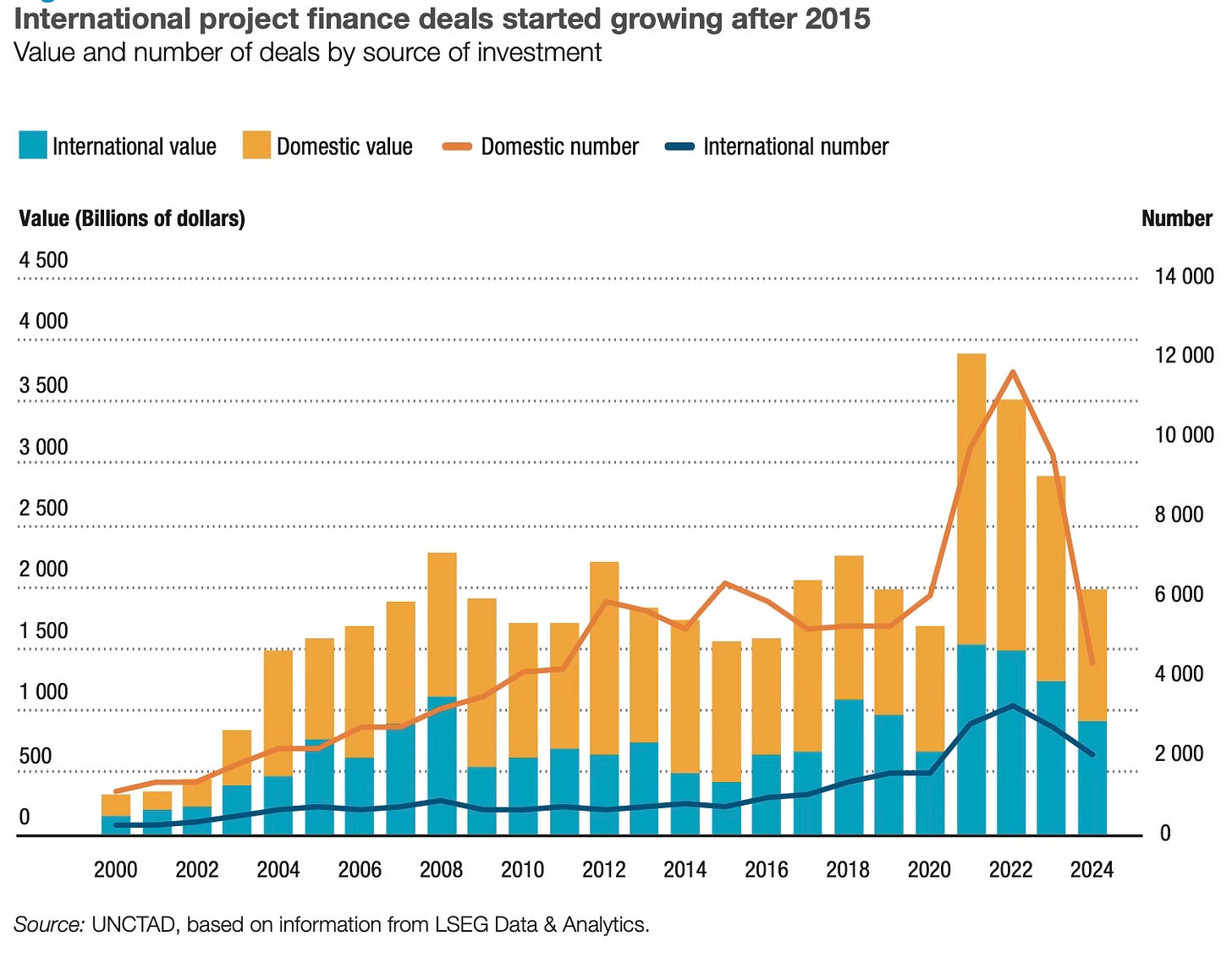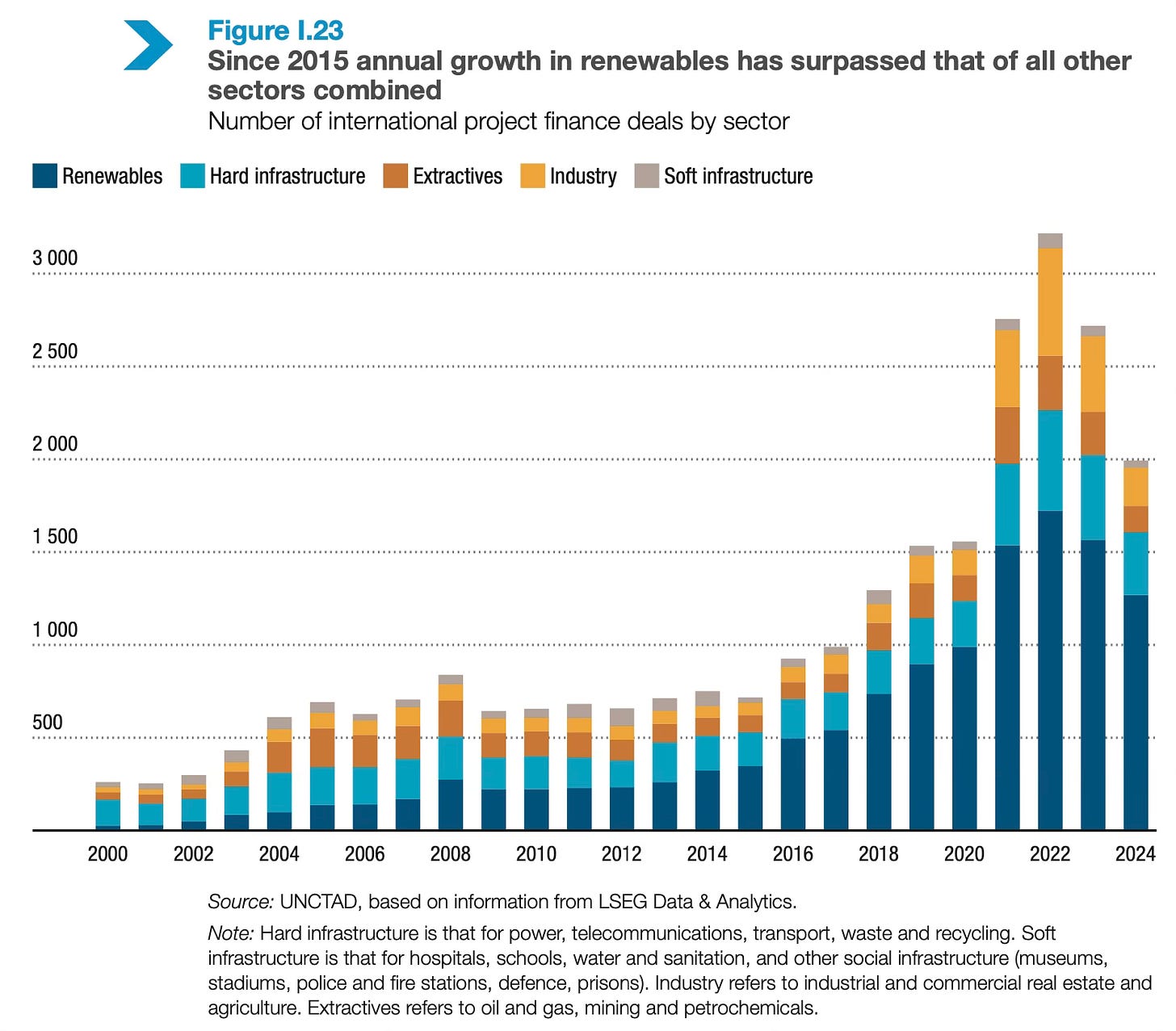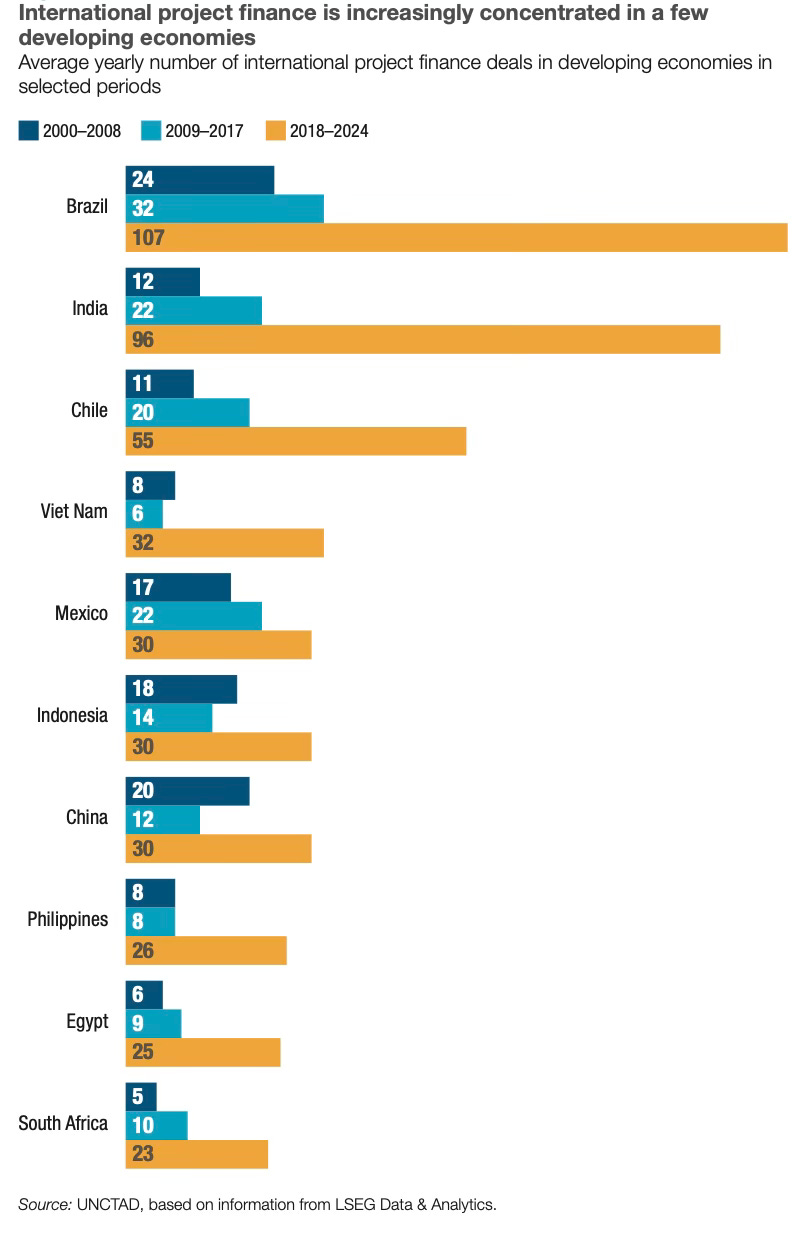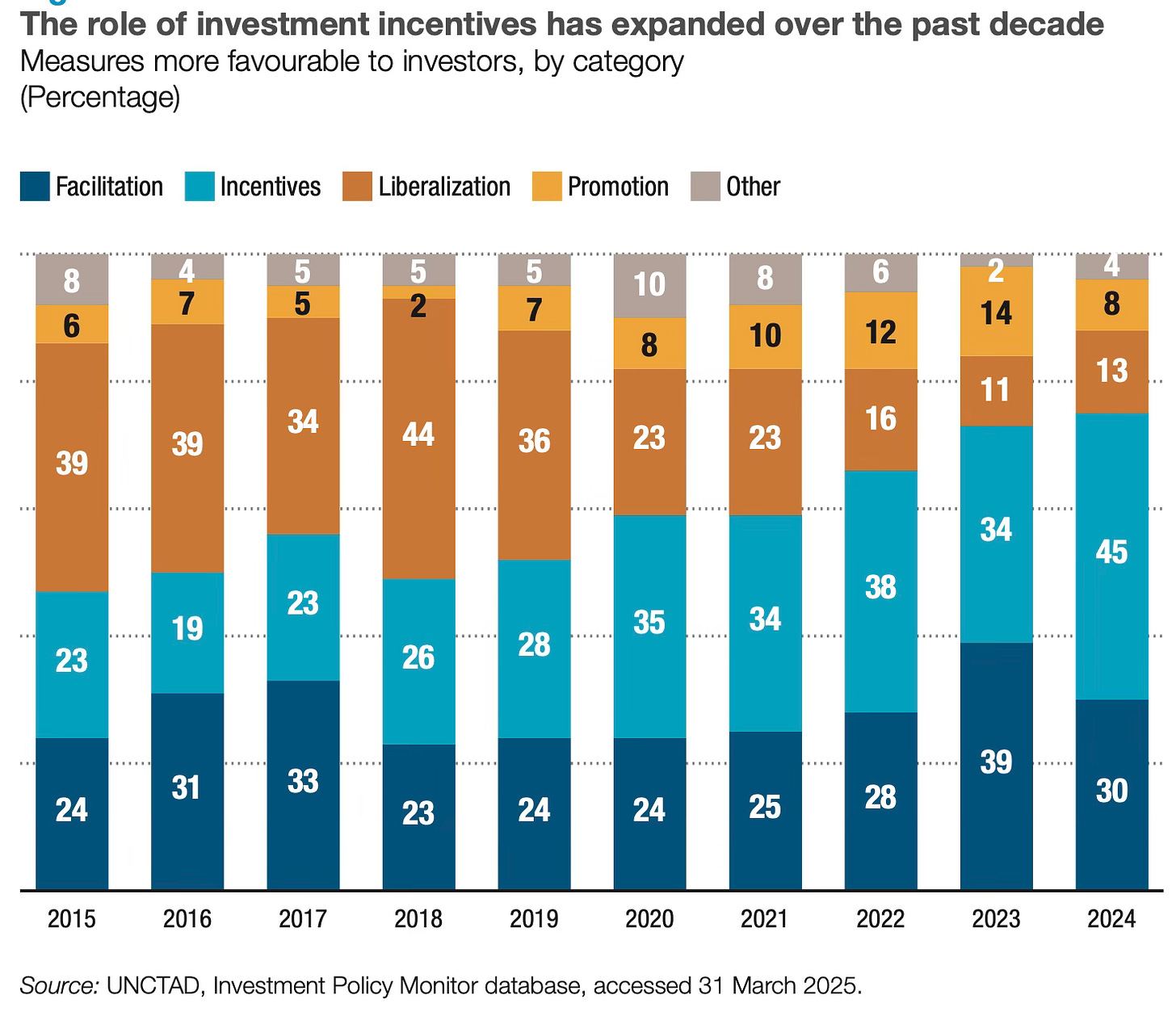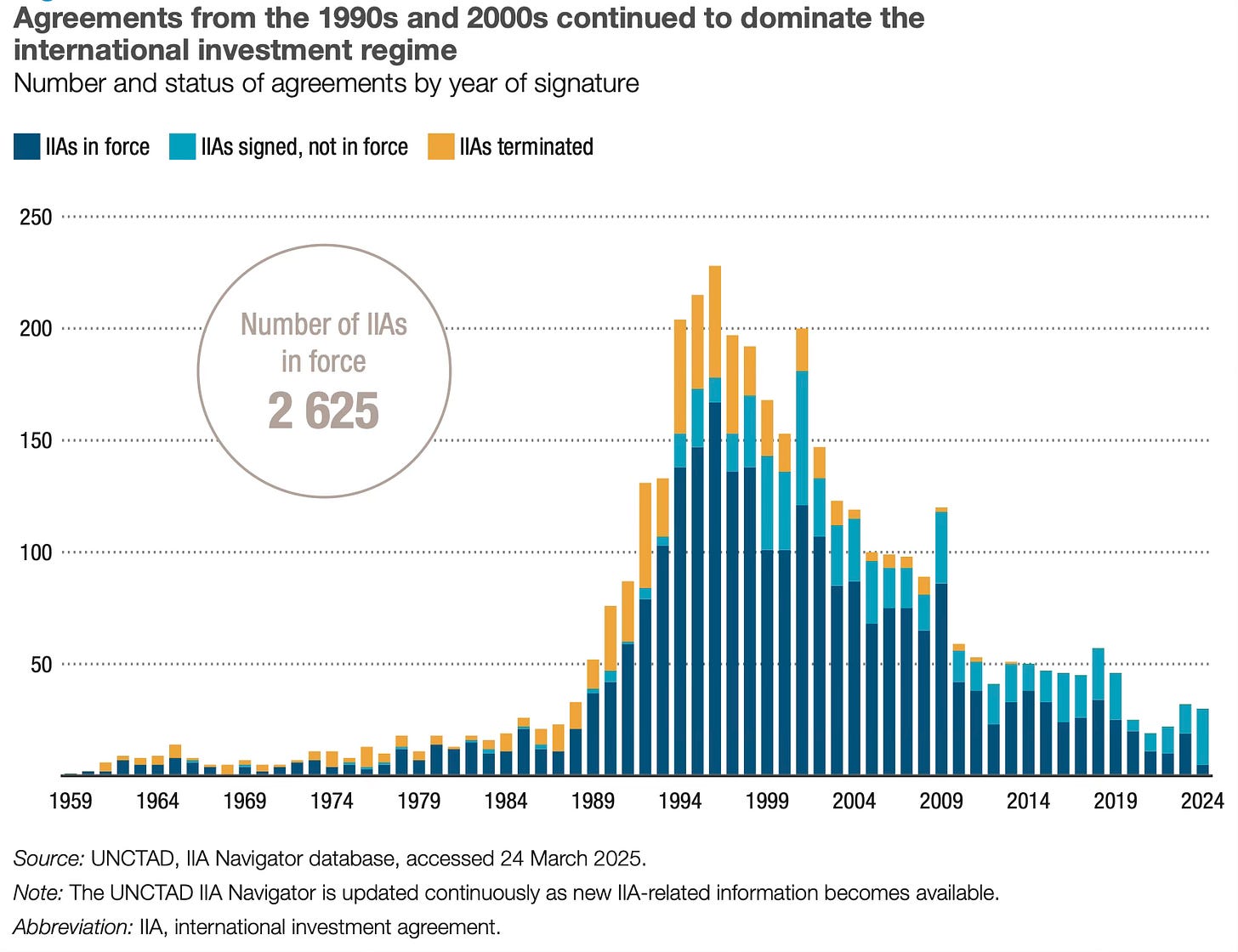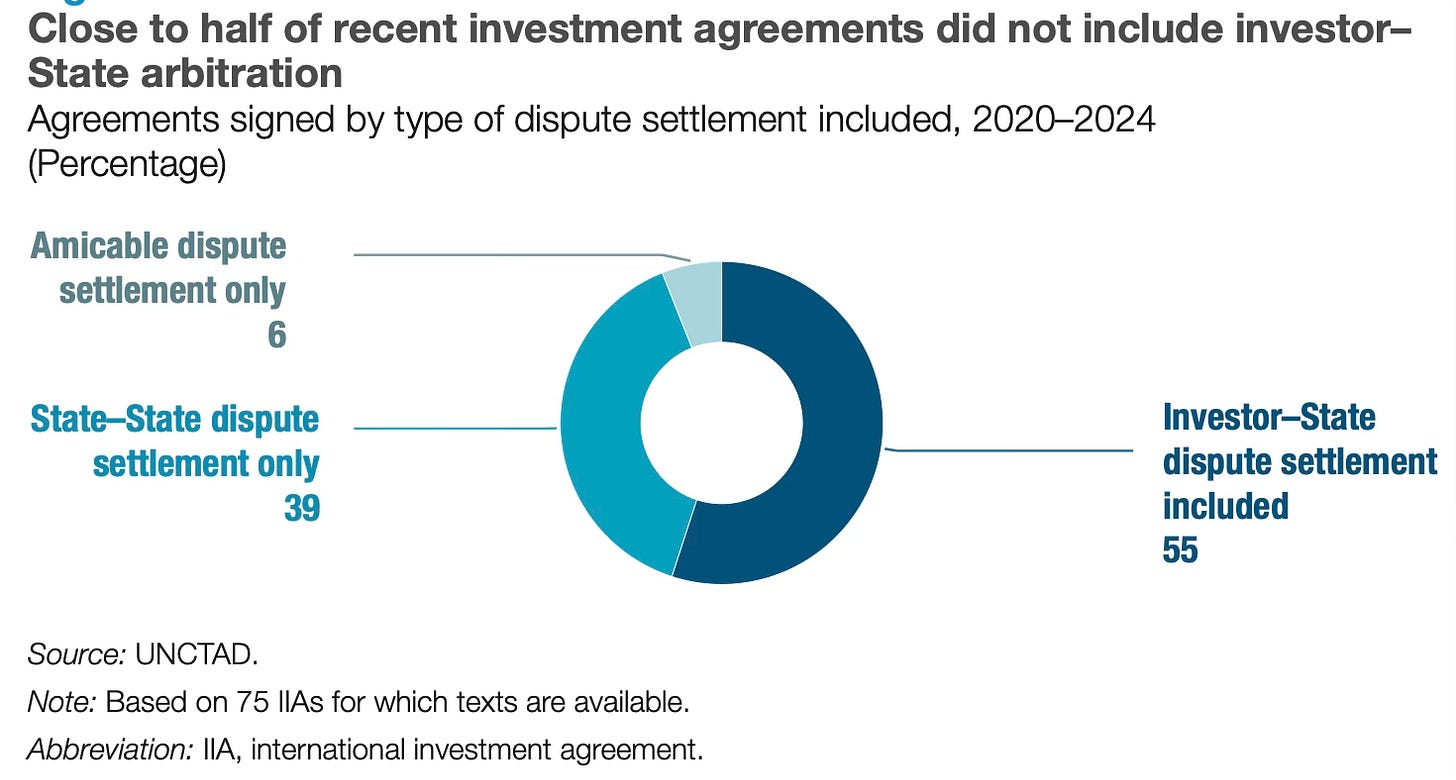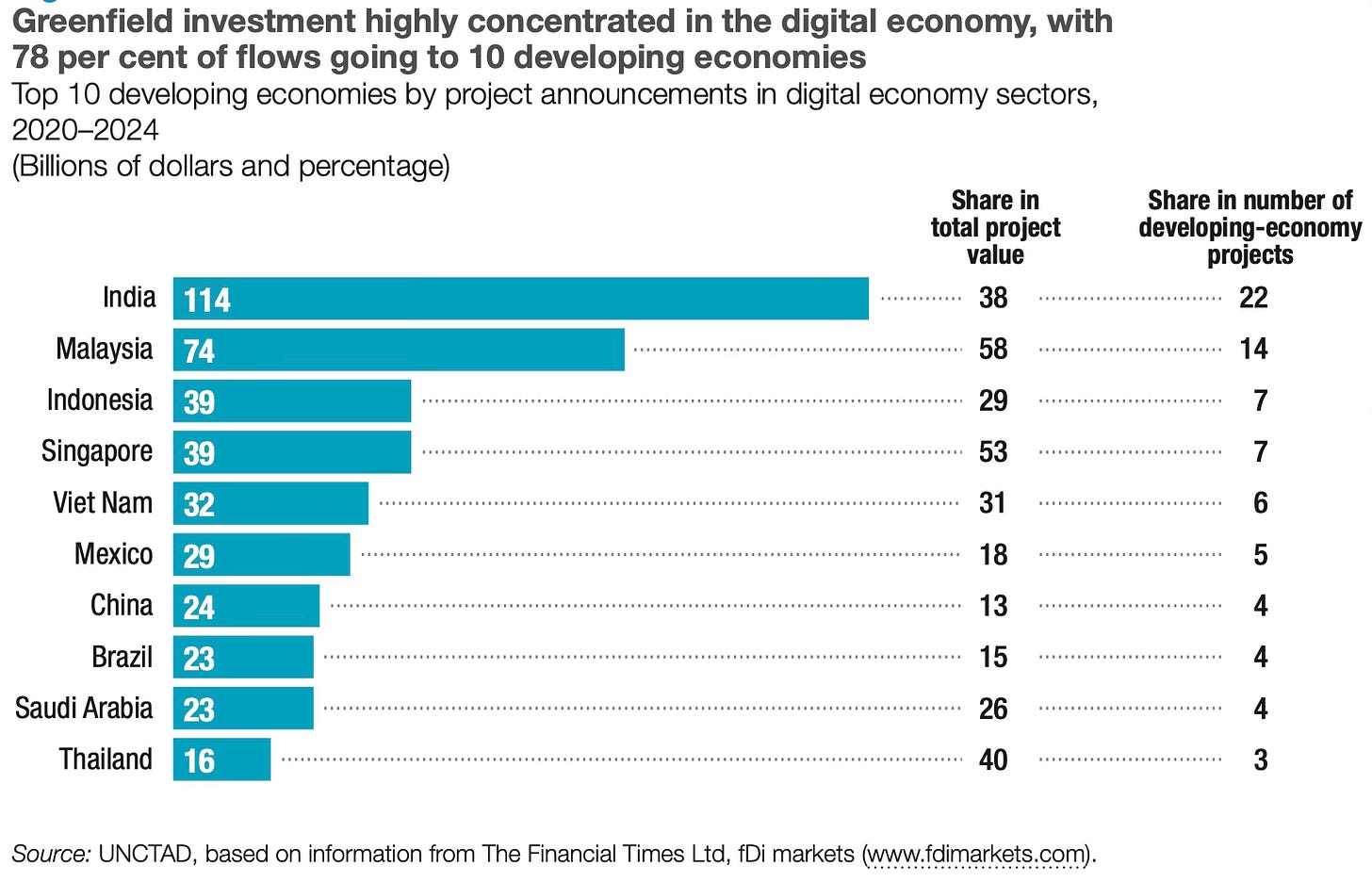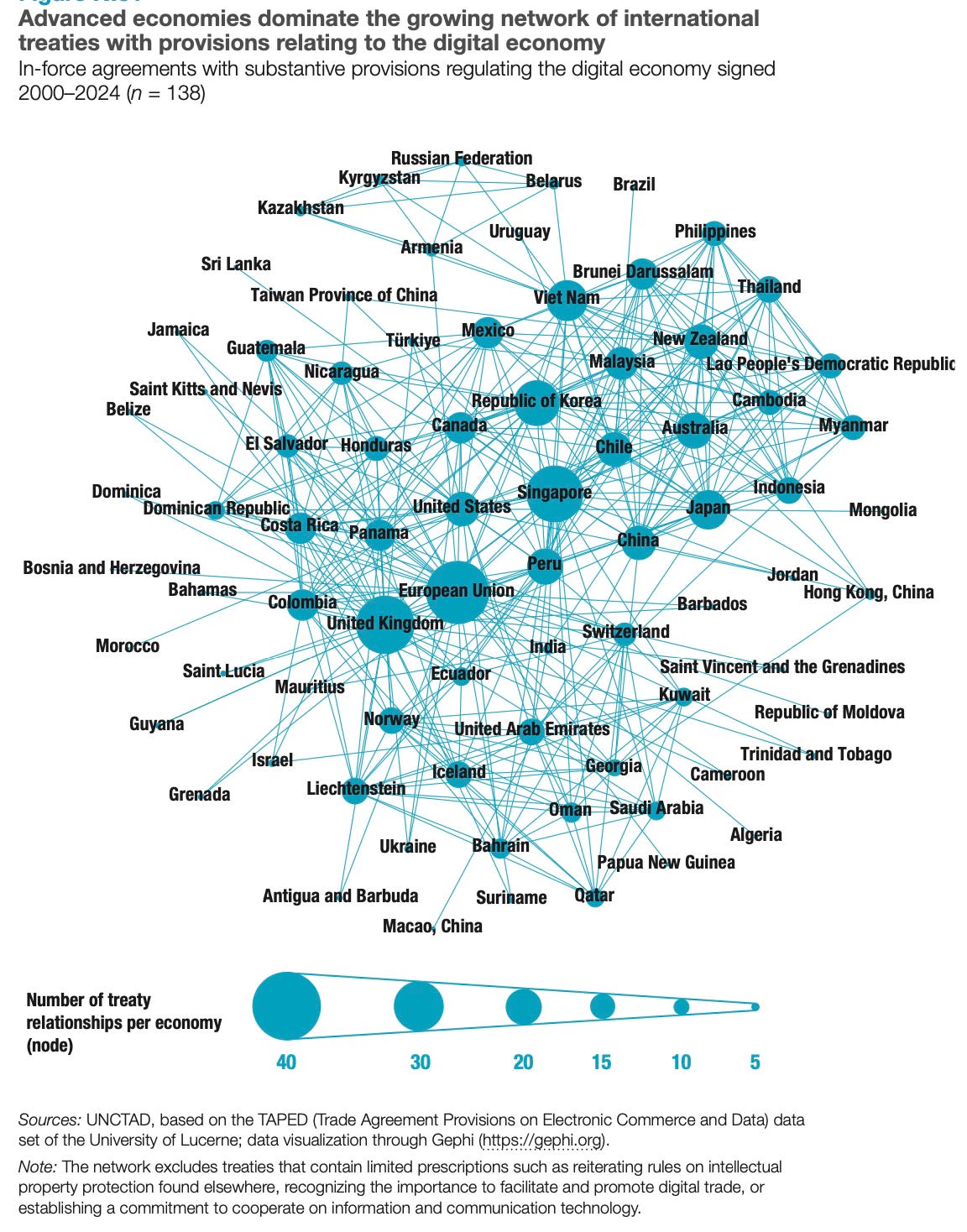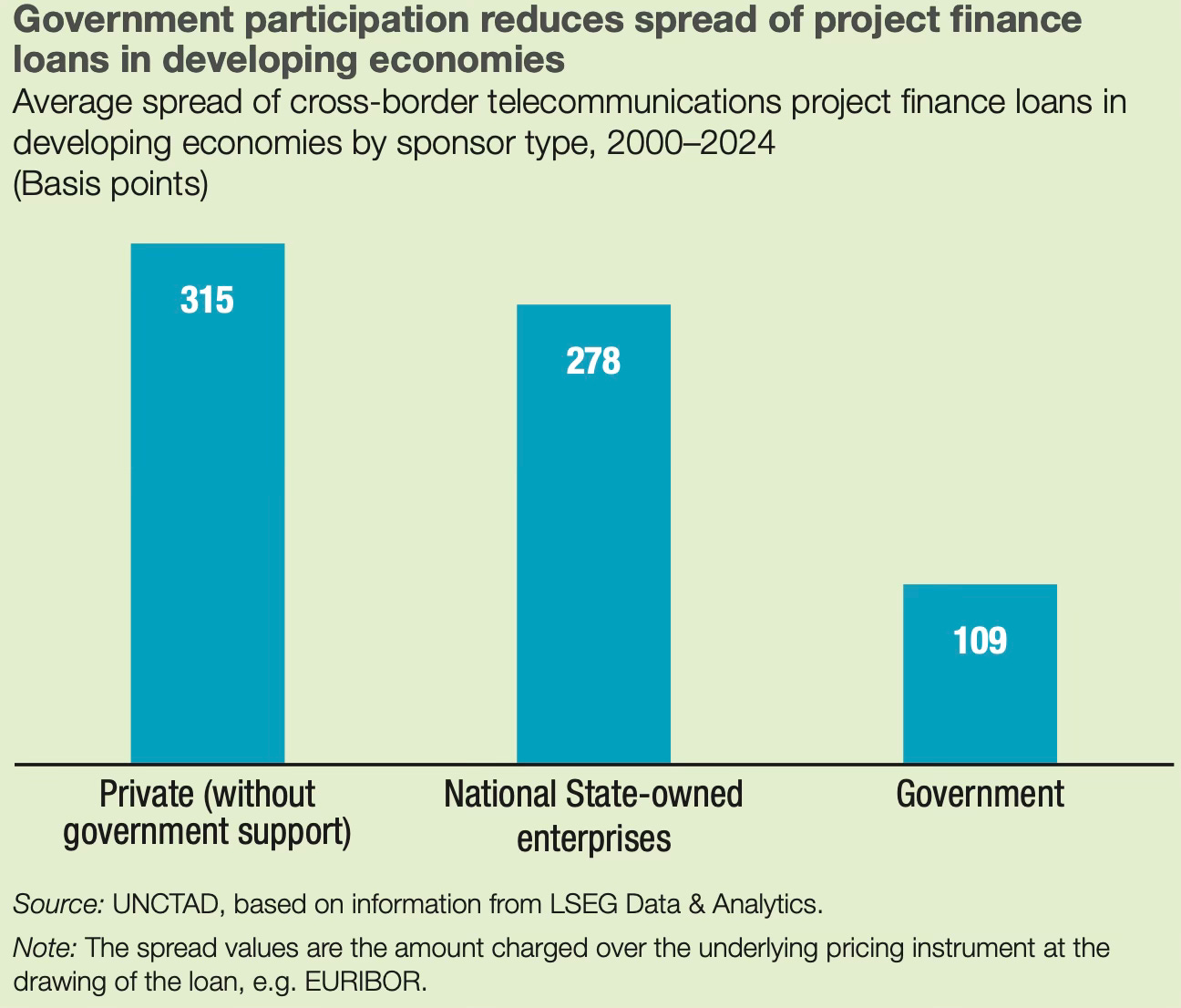Emaar already has a sizeable presence overseas, owning more than 175mn sq ft of land outside the UAE at the end of 2024, excluding a 1.1bn sq ft “economic city” project in Saudi Arabia. Alabbar said Emaar’s current total land bank — an industry term referring to land owned by developers and reserved for future use — was at 1.87bn sq ft, including the UAE. India, where Emaar owned 122mn sq ft of land at the end of 2024, could provide a testing ground for Emaar’s overseas strategy and its subsidiary there was discussing a potential joint venture with local developers, including the Adani Group, Alabbar said. Alabbar dismissed reports that Emaar had been discussing the sale of its business in India to Adani. “We’re not selling,” he said. “We actually were looking for local partners to do a local [joint venture].” Adani did not respond to a request for comment.
2. An illustration of how worsening demographics are going to hit Japan's logistics industry.
In the first half of this year, private equity firms sold companies they owned back to themselves at a record-setting pace, providing a way out of (or back into, whichever you prefer) some $41bn of investments in the first six months of 2025, according to investment bank Jefferies. That is close to a fifth of all sales in the industry, and is 60 per cent above the level last year, and it comes as private equity groups find themselves sitting on $3tn worth of assets that they are unable to get out of, either by selling to another company or by listing them... Torsten Sløk at private markets group Apollo, noted this week that on top of the steady flow of companies delisting from public stock markets, those companies that do opt for an IPO “are getting older and older”. (Sigh, aren’t we all?) “In 1999, the median age of IPOs was five years,” he wrote. “In 2022, it was eight years, and today, the median age of IPOs has increased to 14 years.”4. France is facing a pensions crisis. However, the political economy of reform is perilous.
Not only do French pensioners receive larger cheques from the government than their counterparts anywhere else in the west, they start getting them several years earlier. The result is a situation in which over-65s now have higher average incomes than the working age population — unique both internationally and in France’s own history. Even the rumour of threats to this arrangement is met with mass public outrage and opposition from left and right. Macron’s proposal to nudge the retirement age up towards the lower end of western norms was met with nationwide protests. Barnier’s suggestion of a six-month delay to the latest scheduled increase in pension payments led to the first of two collapsed governments in the past 10 months. Bayrou’s refusal to scrap the same pledges brought about the second. In a particularly stunning statistic highlighted by French political analyst François Valentin, pensions play such an outsized role in the country’s public finances that they accounted for one-sixth of the ministry of defence budget last year, and without them France would not meet Nato’s 2 per cent target for military spending.
5. The latest ASI data show that the share of contract labour in India's organised manufacturing sector workers has reached 42% in 2023-24, up by 8 percentage points in the last ten years. Such contract labour have lower wages and no benefits (paid leave, social security benefits, longer tenure), and are typically hired through third-party agencies.
Global studies have shown varying levels of contract employment in different countries. A 2023 study pegged it at 10.8 per cent in the US. Latin American countries like Brazil and Argentina have seen numbers ranging from under 10 per cent to 20 per cent at various times, according to a 2016 study, which pegged the number in Europe at 12.3 per cent.
Since the 1960s, Pakistan has received more aid from Saudi Arabia than from any nation outside the Arab world, the Brookings Institution estimated. The funding — which was never directly for support of Islamabad’s covert nuclear programme — included direct aid to the government as well as financing for schools, mosques and other Islamist charitable programmes.
8. Trump finally imposes a $100,000 fee for H1B visa applications for skilled foreign workers, the main pathway through which Silicon Valley firms hire engineers and IT professionals. The current visa charge is $215 to register for a H-1B visa lottery and an additional $780 for employers that sponsor visa applicants. Abut 400,000 such visa applications were approved last year, with the majority for those renewing their visas and 75% in 2023 being from India.
Back in 2022, when Russia started its full-scale invasion, Kyiv had to use its existing Soviet-style kit plus Javelin shoulder-fired anti-tank missiles. Then came western donations of weaponry like Abrams tanks and Himars (high mobility artillery rocket systems). Next, Ukraine’s army of software engineers started using hobby drones, made by Chinese companies such as DJI, first for surveillance, then attacks and defence. Now they are innovating to dramatically extend drone flight range, increase attack capabilities, “swarm” and avoid electronic jamming by using fibre optic cables, balloons and (most crucially) AI. The Russians are doing the same. And that has transformed the nature of war: a world where cheap drones can destroy ultra-expensive ships and planes changes the power dynamics and economics of combat...Equally startling, while China has been responsible for 80 per cent of global drone production, Ukraine is now racing to become “China free”... Last year it produced more than 2mn drones. It could go above 10mn next year, if it has the funds. That means over half of Ukraine’s drones are now domestically sourced — and China is no longer the only global drone king. This is critical for Ukraine’s defence, and might generate badly needed future export revenues too. Indeed, Ukraine is already considering exporting underwater drones, which it has used to push Russian ships out of the Black Sea so successfully... Nato officials now want to collaborate with Ukraine via partnerships, licensing and private capital investments. They are particularly keen to access the treasure trove of data collected by its drones to train future AI models.
10. A rare example of an infrastructure project completed on time and without much cost overrun is the Thames Tideway Tunnel, a 25 km sewage tunnel passing under Thames. It took nine years of construction and cost £5 billion, and used an innovative financial model, where a surcharge on customer bills will fund the construction cost over 50 years.
Tideway was project managed by US group Jacobs, while each of the three geographical sections was overseen by a different engineering consultancy. Each employed “hundreds and hundreds” of contractors and subcontractors supplying the labour. All 25,000 people working on the project were fully employed and paid the London living wage as a minimum, in contrast with much of the industry, where staff are employed on zero-hour contracts or by the day. Workers were also kitted out in full Tideway uniform and protective equipment and given training and holidays... Juliano Denicol, director of the Megaproject Delivery Centre at UCL, said Tideway would be studied for decades as an “exemplar case of ‘how’ to deliver multibillion infrastructure programmes”...Tideway, which as a company was able to lure investors including Allianz, Dalmore Capital and Amber Infrastructure after the government offered guarantees against any cost overruns. The 16mn households served by Thames Water have paid £617mn towards the project since construction began nine years ago, more than the £510mn in equity injected by Tideway shareholders in 2015. The shareholders also loaned the company £764mn at an interest rate of 8 per cent, which has grown to £972.6mn, while the company’s total debts have risen to £4.6bn, with the remaining borrowings held by third-party lenders. Although construction is complete, Thames Water’s households will continue to pay for the project through a surcharge on their bills — now £26 a year — potentially for the 120-year lifespan of the tunnel. The cost — drawn up under a modified version of the Regulated Asset Base model — piles pressure on customers, who are already faced with steep bill increases from the UK’s largest water company, which could yet be renationalised.





















